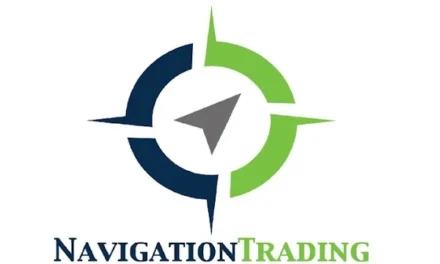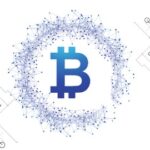A beginner’s guide to programming with Go
Summary
A Beginner’s Guide to Programming with Go: Course Summary
Overview
“A Beginner’s Guide to Programming with Go” is a comprehensive course designed to introduce beginners to the Go programming language, also known as Golang. The course, taught by Angad Sharma, covers fundamental concepts of Go, practical aspects of backend development, and deploying Go applications on the cloud. The course consists of 51 lectures spread across six sections, with a total runtime of 3 hours and 23 minutes.
Course Content and Structure
Introduction and Setup
The course begins with an introduction to the Go language, explaining its significance and setting the stage for the lessons to follow. It includes instructions on installing Go, setting up the Go workspace, and understanding the Go file structure. These foundational steps are crucial for any beginner to get started with Go development.
- Lectures:
- Installation (3:37)
- Hello World program (2:41)
- Understanding the Go file structure (2:09)
Basic Concepts and Data Types
The next section delves into basic programming concepts and data types in Go. This includes variable declaration, initialization, strings, arrays, pointers, structures, and interfaces. The section provides a thorough grounding in Go’s syntax and data handling capabilities, essential for writing effective Go programs.
- Key Lectures:
- Declaring and initializing variables (2:57)
- Working with strings (3:53)
- Arrays (3:21)
- Pointers (3:06)
- Structures in Go (4:55)
- Interfaces (Introduction and continuation, totaling 11:26)
Control Structures
This section focuses on control structures, which are critical for flow control in programming. It covers if statements, loops, and switch cases in Go, illustrating how these control mechanisms are implemented in Go.
- Key Lectures:
- Introduction to control structures (4:38)
- Detailed exploration of control structures (8:41)
Concurrency and Parallelism
A standout feature of Go is its robust support for concurrency and parallelism. This section introduces these concepts, explaining the difference between synchronous and asynchronous operations, and teaching how to use goroutines and channels for concurrent programming.
- Key Lectures:
- Introduction to concurrency (4:58)
- Synchronous vs. Asynchronous operations (3:47)
- Goroutines (Introduction and continuation, totaling 15:12)
- Channels (Unbuffered and buffered, totaling 10:16)
- Implementing a simple ping pong game using concurrency (4:41)
- Select block usage (6:30)
API Development
The course then moves on to practical backend development, specifically API development using Go. It covers the Model-View-Controller (MVC) framework, setting up a server, handling HTTP methods, and performing CRUD operations with a database. This section is highly practical, providing hands-on experience in building real-world applications.
- Key Lectures:
- Introduction to APIs and MVC framework (3:55)
- Creating a server (7:28)
- Handling HTTP methods (5:52)
- Database connection and operations (Multiple lectures, totaling over 40 minutes)
Hosting Go Applications
The final section teaches how to host a Go application on the Heroku cloud. It covers the entire hosting pipeline, including vendoring and the specific steps involved in deploying an application.
- Key Lectures:
- Introduction to hosting (2:04)
- The hosting pipeline and procedure (5:57)
Course Conclusion and Additional Resources
The course concludes with encouragement to continue exploring Go through various resources. Sharma provides a list of recommended reading materials, including documentation on Go modules, CGO, and popular Go frameworks like Gorilla Mux, Gin, and Echo. He also suggests studying open-source projects written in Go, such as Docker and Kubernetes, to gain deeper insights into professional Go development.
Target Audience
The course is designed for beginner computer scientists and software enthusiasts with no prior requirements. It aims to equip learners with a solid foundation in Go, enabling them to pursue further studies or professional development in backend programming and cloud application hosting.
Instructor Support
Angad Sharma offers support through his social media handles, encouraging students to reach out with questions and feedback. He expresses a commitment to creating more courses based on student demand, fostering a supportive learning environment.
Final Thoughts
“A Beginner’s Guide to Programming with Go” is an accessible and thorough introduction to Go, providing essential knowledge and practical skills for beginners. It emphasizes hands-on learning and offers ample resources for further exploration, making it a valuable starting point for anyone interested in mastering Go.
What You’ll Learn
- Golang
Requirements
-
No requirements
Description
Deliverables
This course will give you an understanding of how the Go language works. The following are some of the topics covered in this course:
- Setting up Go
- GOPATH and the Go filestructure
- Datatypes, interfaces, structures and pointers in Go
- Control Statements
- Concurrency
- Parallelism
- Goroutines
- Channels
- API development with Go
- Database connection with Go
- Hosting a Go application on the Heroku cloud
Who this course is for
- Beginner computer scientists
- Beginner software enthusiasts










